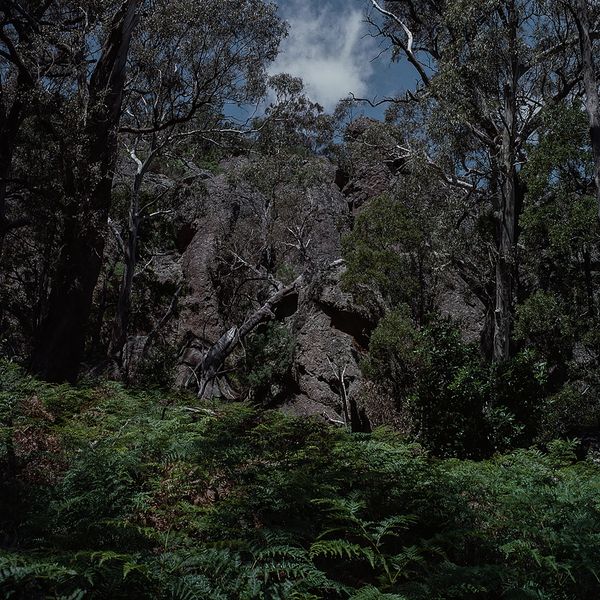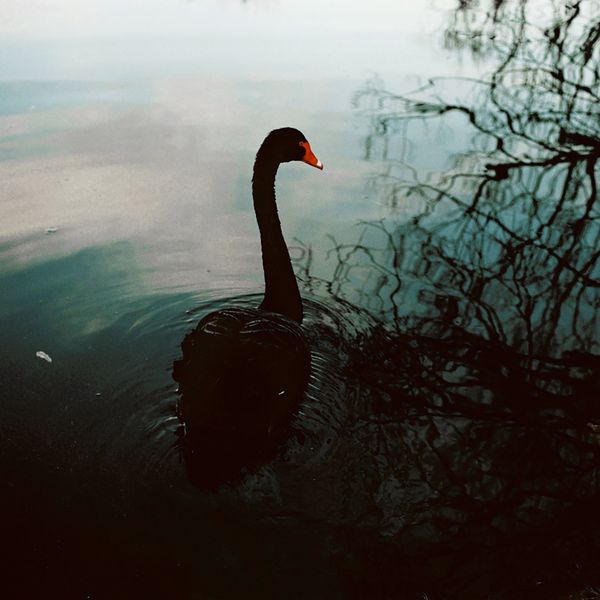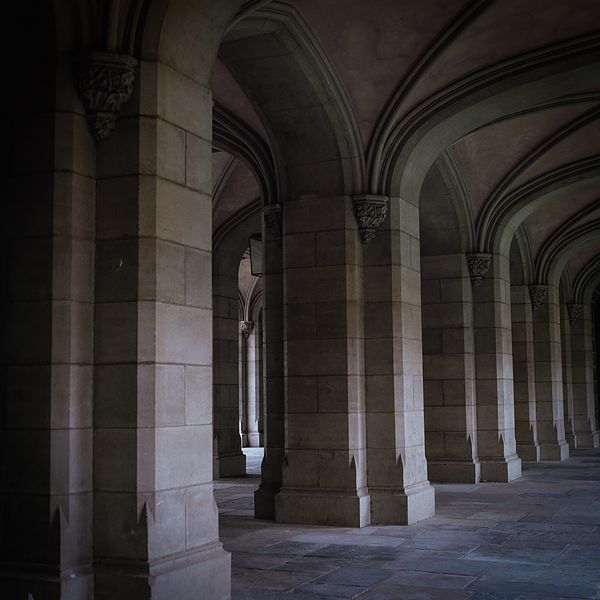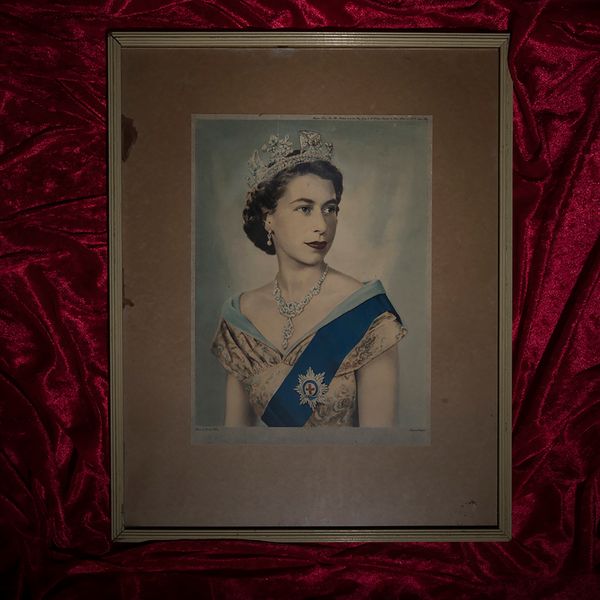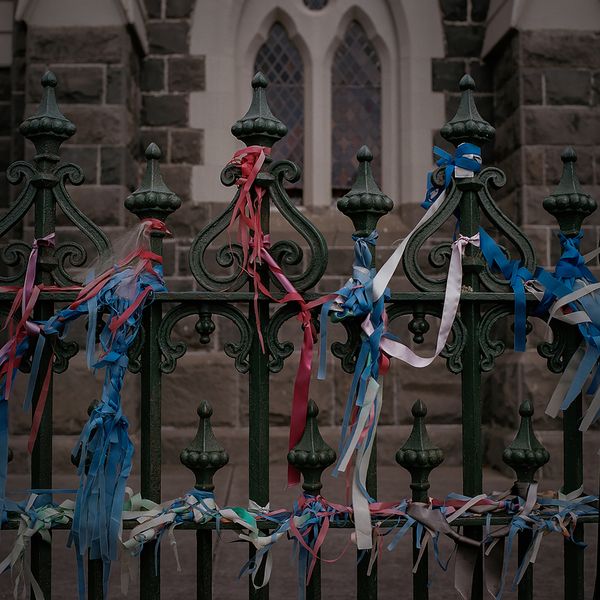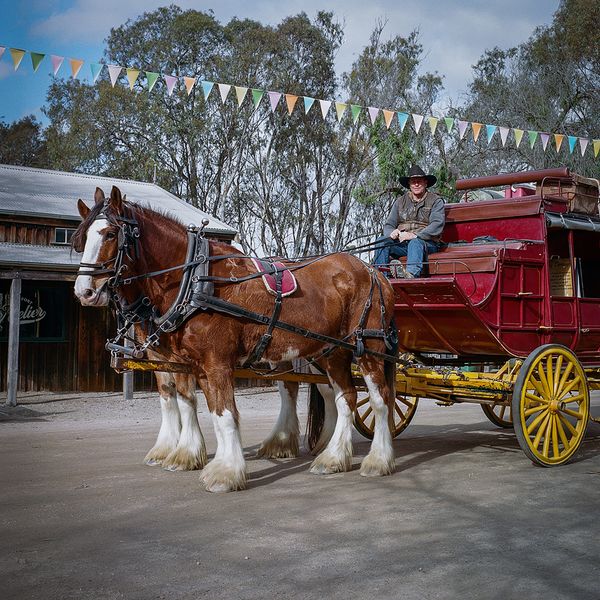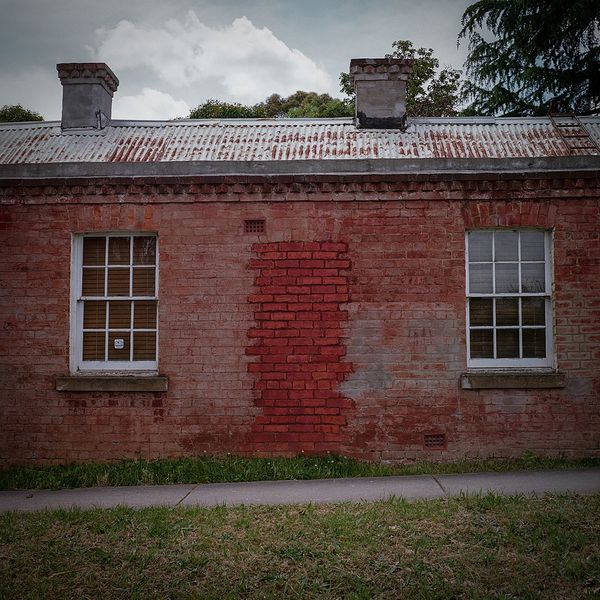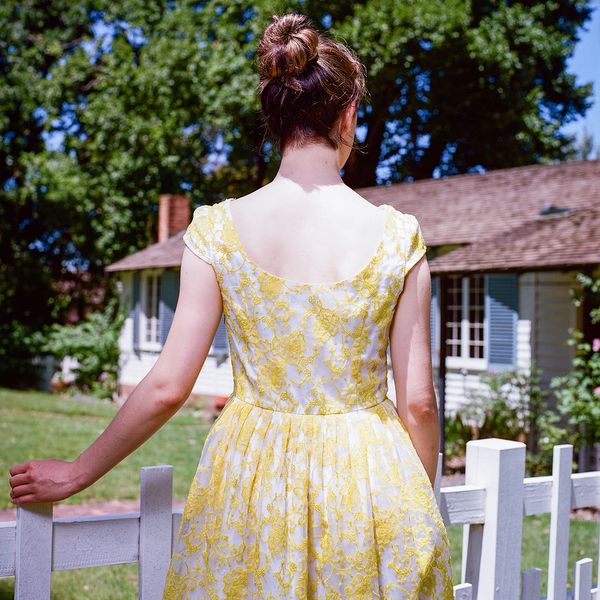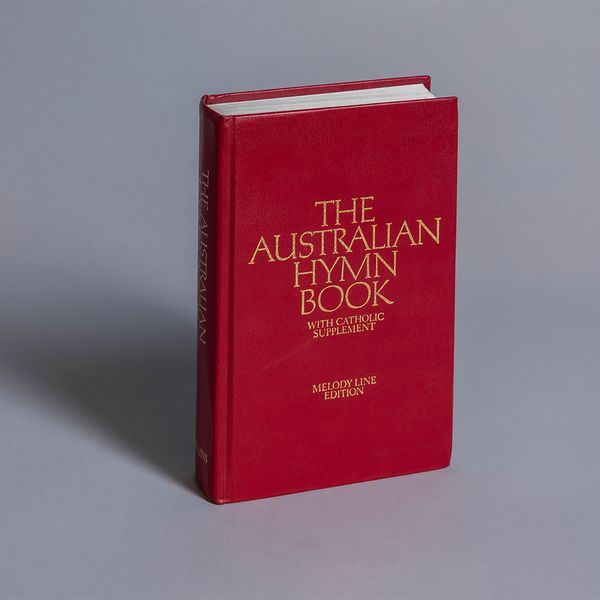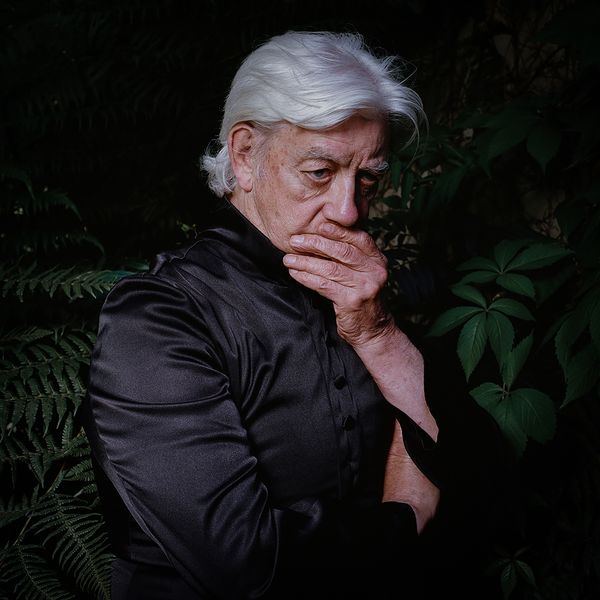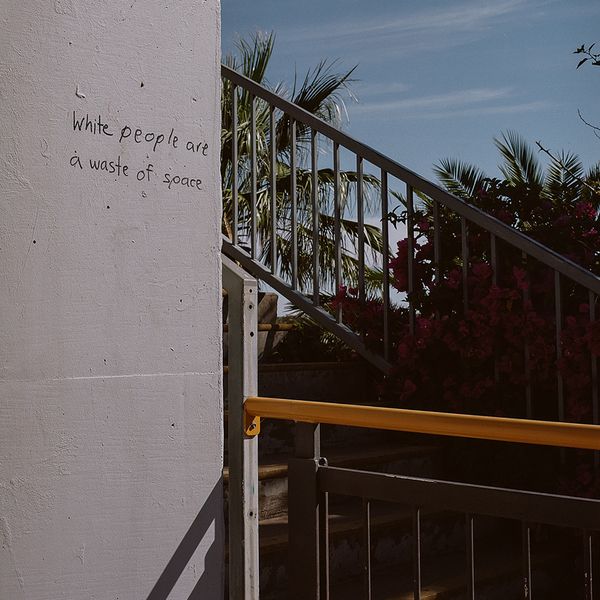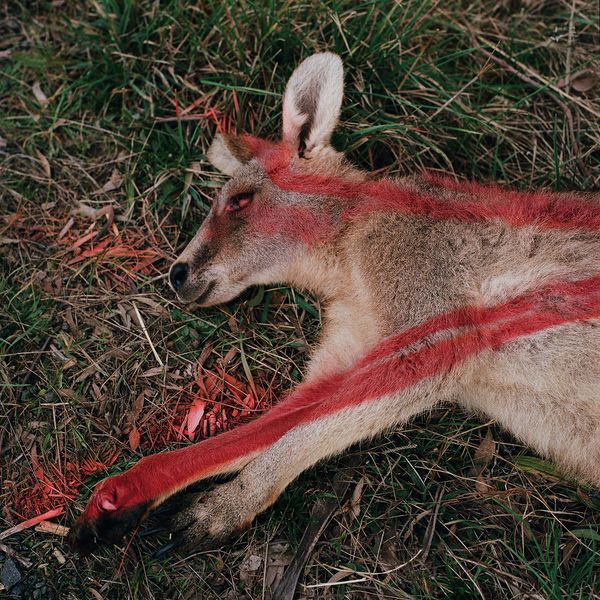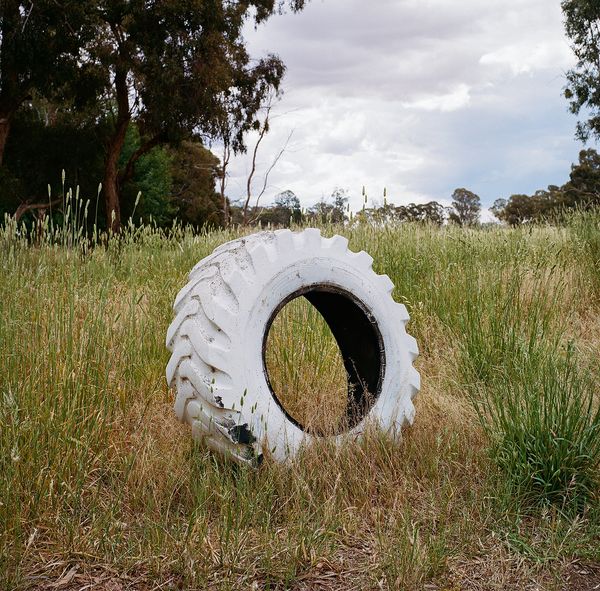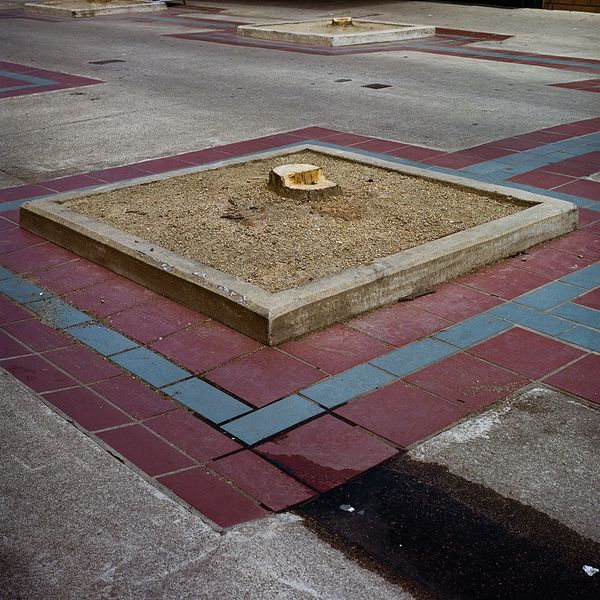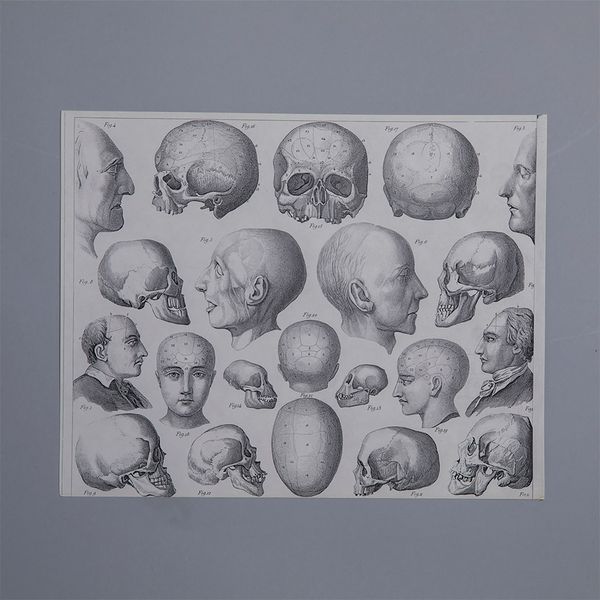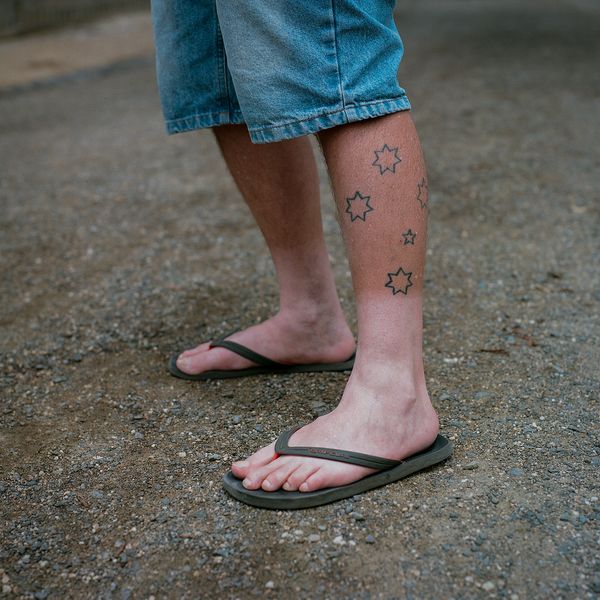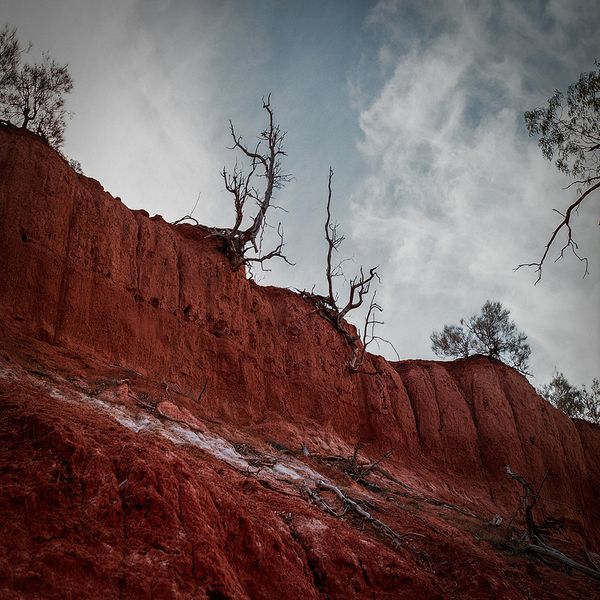The Crimson Thread
-
Dates2020 - Ongoing
-
Author
The Crimson Thread is a work in progress that examines the omnipresence and honouring of colonial history in Australia. The title of the project is taken from a quote by Henry Parkes (1815 – 1896), a colonial politician who described Australia’s connection to the British Motherland as, “the crimson thread of kinship, which defined Australia as a bastion of ‘whiteness’ in the Asian region.”
As a way of documenting the enduring connection to the British Empire and ceaseless commendation of colonialism, the project retraces the Royal Tour made by Queen Elizabeth II and The Duke of Edinburgh in 1954. This was the first, and to date, the only reigning British monarch to visit Australia and the tour is still a source of pride for many of these towns.
Alongside this documentary approach, the project interweaves still life objects representing the notions of ‘progress’ that drove imperialism, Australian landscapes which reimagine the mindsets of early colonial explorers in a strange land and staged portraits to illustrate certain archetypes set by colonialism that still persist today.
The body of work questions the perpetuating existence of the Commonwealth, the Queen as head of state and the role of these institutions in the creation of systemic racism and white privilege which exists universally today. It presents history in an amorphous way that allows viewers to decide for themselves where the work sits between fact and fiction and to reflect on the relevance, or irrelevance of these imperial institutions which still exist.
---
ENOUGH IS AS GOOD AS A FEAST – RESIDENCY PROPOSAL
‘Enough is as good as a feast’ is a close English translation to the Swedish term, ‘lagom’ which describes the Swedish way of life, one of consensus and equality, sustained by a sense that things are sufficient just as they are.
I propose to create a photographic investigation into how this term manifests itself visually and permeates Swedish culture. Working within the town of Landskrona I will interweave environmental portraits with other elements of daily life which express this idea such as food, architecture, communication and other aspects which will surely arise during the investigation and residency timeframe.
How can a state of mind be represented visually? What feelings are evoked by depicting a set of customs? How can a way of life be captured through commonplace scenes? I contemplate, what may be elicited from Landskrona as a visual representation of ‘lagom’.
